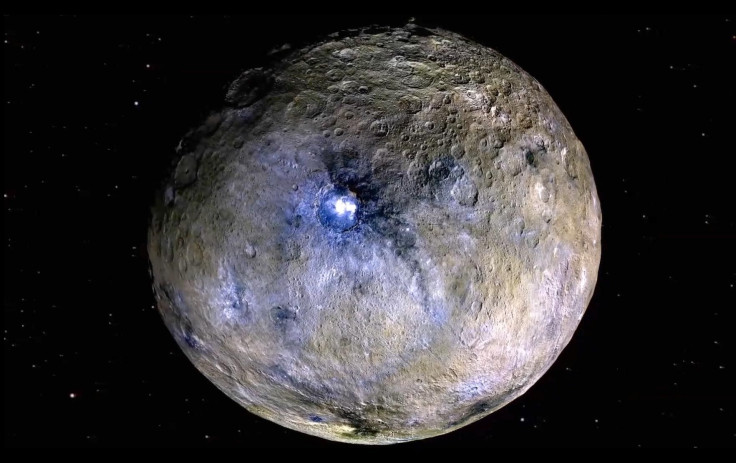NASA Podcast Unveils Details Of Mission That Explored ‘Planet Asteroids’

NASA recently unveiled the details of a space probe mission that explored large asteroids that are regarded as dwarf planets. The agency discussed the expedition during the latest episode of its “On a Mission” podcast.
The Dawn space probe was officially launched by NASA in September 2007 to study the two protoplanets Vesta and Ceres. Protoplanets are known as massive cosmic objects in the asteroid belt. They are believed to have formed after kilometer-sized asteroids fused with one another after a collision.
For the mission, Dawn orbited Vesta and Ceres to take detailed images of the dwarf planets. Through these photos, NASA was able to identify interesting features related to the formation and evolution of the protoplanets.
In the latest episode of NASA’s “On a Mission” podcast, Marc Rayman, the project manager for the Dawn expedition discussed a couple of details regarding the project. According to Rayman, NASA encountered a few challenges during the mission.
“The detailed exploration required orbiting them, not just flying by. For most solar system bodies that we've investigated, first we send a spacecraft to fly by,” Rayman said during the podcast. “And Vesta and Ceres, in terms of solar system exploration, are very unusual in being the only massive objects which we didn't first fly by, but immediately started by orbiting, which presented some challenges for the Dawn Mission.”
The mission officially ended in November 2018 after NASA decided to retire the Dawn spacecraft. Currently, the probe is on an uncontrolled orbit around Ceres. During the course of the mission, Rayman noted that Dawn was able to discover important elements such as water and organic chemicals on the dwarf planet.
Although the discovery does not automatically mean that Ceres can support living organisms, Rayman noted that these are the same factors that led to the formation and evolution of life on Earth.
“Dwarf planet Ceres has a substantial amount of water, it has organic chemicals, and internal heat,” Rayman explained. “These are many of the ingredients that are important for life. And I'm not saying there's life on Ceres, but Ceres could have chemistry that's related to the chemistry that gave rise to life on Earth, and perhaps elsewhere.”
© Copyright IBTimes 2024. All rights reserved.





















